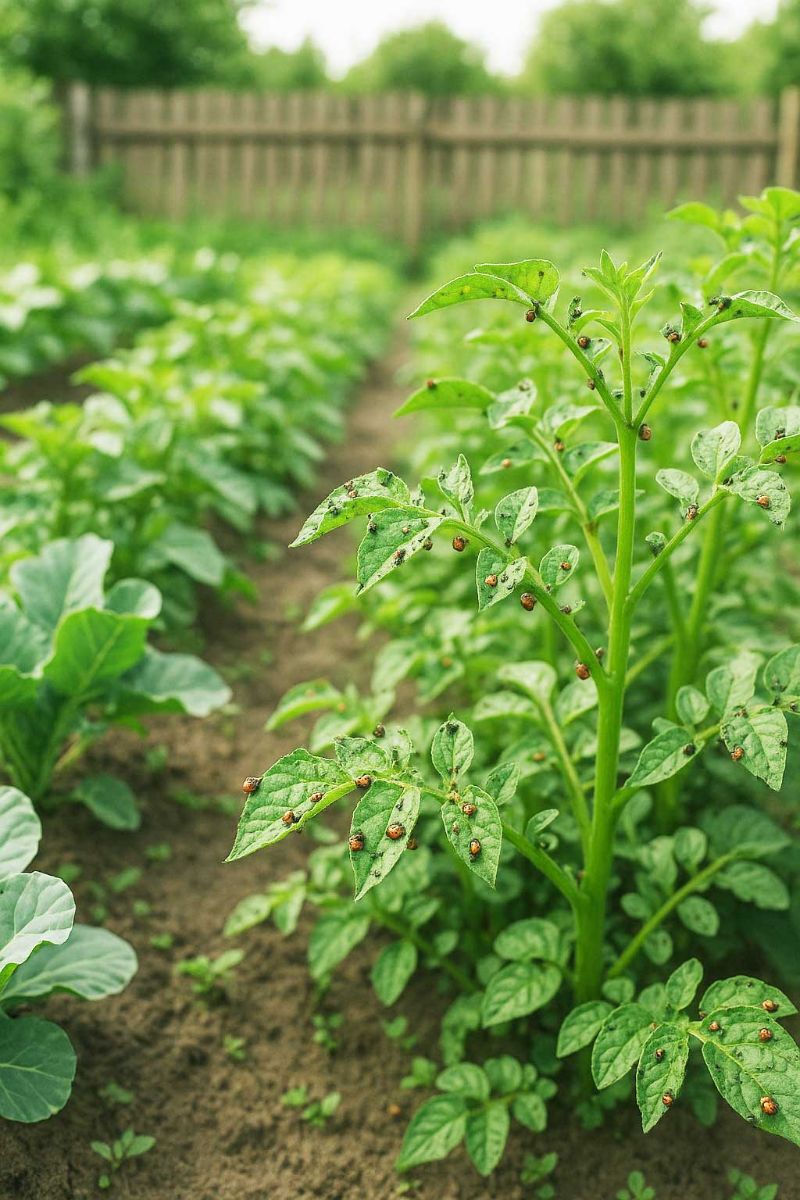Gardening is a beloved pastime for many, offering not only the joy of nurturing plants but also the satisfaction of harvesting homegrown produce. However, one of the most common challenges gardeners face is dealing with pests that threaten to ruin their hard work. While there are numerous commercial pesticides available, many gardeners are seeking more natural and environmentally friendly solutions.
My grandpa, a seasoned gardener with decades of experience, shared with me a simple yet effective method to keep garden pests at bay using just one common household item. This method not only saves money but also ensures that the garden remains chemical-free, making it a safe haven for beneficial insects and pollinators. In this article, I’ll delve into this ingenious trick and explore how it can transform your gardening experience.
1. The Surprising Household Item That Keeps Pests Away
The secret weapon my grandpa swears by is none other than baking soda. This versatile powder, commonly found in kitchens, has properties that make it an excellent deterrent for many garden pests. By sprinkling a small amount of baking soda around the base of plants, you can create a barrier that pests are reluctant to cross.
Baking soda works particularly well against soft-bodied insects like slugs and snails. These pests find the alkaline nature of baking soda irritating, which discourages them from venturing near treated plants. For best results, apply a thin layer of baking soda, approximately a teaspoon per square foot, around the plants you wish to protect.
2. How My Grandpa Discovered This Simple Trick
My grandpa discovered this method quite by accident. One summer, while dealing with a particularly bad slug infestation, he noticed that a small patch of his garden remained untouched. Upon closer inspection, he realized that this area had been dusted with baking soda from a nearby kitchen spill. Intrigued, he decided to experiment by applying baking soda around other plants, and to his delight, the pests avoided those areas.
Encouraged by these results, he began using baking soda regularly in his garden, refining the application process over time. His success with this method has been shared with fellow gardeners, many of whom have adopted it with great success.
3. The Science Behind the Method
The effectiveness of baking soda as a pest deterrent lies in its chemical composition. Baking soda, or sodium bicarbonate, is a mild alkaline substance. When pests like slugs and snails come into contact with it, the alkaline nature disrupts their moisture balance, causing discomfort and deterring them from crossing treated areas.
Additionally, baking soda can alter the pH of the soil surface slightly, creating an environment that is less hospitable to certain pests. However, it’s important to note that the amount used is minimal and does not significantly affect the overall soil health or pH balance.



Yo Make również polubił
Specjalistka od leczenia raka dzieli się swoimi regularnymi obserwacjami u pacjentów przed wystąpieniem choroby
Bitki wieprzowe w sosie cebulowym
Krokiety ze szpinakiem i ziemniakami: pyszny wegetariański przysmak
Krewetkowa Miseczka Chlebowa: Pyszne Przepisy na Grilla